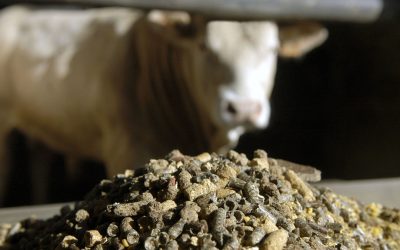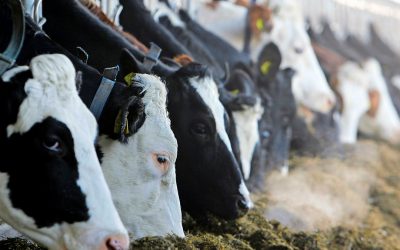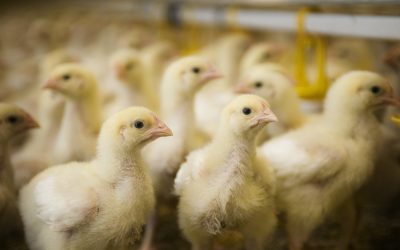Clean Feed: Using vegetable by-products for animal feed
AZTI-Tecnalia in Spain has successfully completed the second of three phases to characterise by-products as set out in the Clean Feed project with the aim to use vegetable by-products that are generated in the distribution sector and in the production and transformation processes of the foodstuffs industry, and incorporate them into animal feed.
The function of the R+D centre is to characterise and classify the by-products that have the best characteristics so that they can be used for animal consumption.
"Clean Feed" is funded by the European Union’s Life+ Programme and co-funded by the Directorate for Food Innovation and Industry and the Directorate for Environmental Quality of the Government of the Basque Autonomous Community.
The project is crucially important in the aim to prevent biodegradable products ending up in rubbish dumps.
In the BAC-Basque Autonomous Community, about three quarters of the more than 25,000 tonnes of vegetable products and by-products generated ends up in the rubbish tips.
To contribute towards mitigating this situation, AZTI-Tecnalia is working to characterise the various vegetable fractions produced in the BAC by drawing up a ‘generation inventory’, and carrying out sampling and laboratory analyses.
All this is designed to see whether the various vegetable by-products are suitable for incorporation into animal feed.
Potential sources
The various sectors of the foodstuffs industry that generate vegetable by-products are potato (29.6%), wine (27.7%), distribution (16.6%), cider (13.8 %), bread (11.3%), fruit and vegetable (0.8%) and coffee (0.1%).
AZTI-Tecnalia has exhaustively gathered information from these sectors in terms of the quantities, generation characteristics and current management of their by-products.
Providing a technical solution
The results of the analyses in the first of three phases of the sampling, which have yet to be confirmed by the analyses in the other two phases, highlight the high level of humidity in excess of 80%, low values of protein and fat, less than 1% in both cases, as well as about 5% in total sugars and 1-2% in total fibre.
As regards the presence of undesirable substances, no abnormal values have been highlighted.
Apart from the analytical studies, the Clean Feed project aims to provide a technical solution for these by-products and carry out a full-scale pilot experience that will allow it to be validated and fine-tuned.
The aim is to develop an effective, viable plan of action for the handling, processing, management and monitoring of the vegetable fractions for their use in animal feed.
Also participating in the project alongside AZTI-Tecnalia are the Government of the Basque Autonomous Community (region), the Basque Foundation for Food Safety Elika, and Tecnalia’s Industrial Systems Unit.











